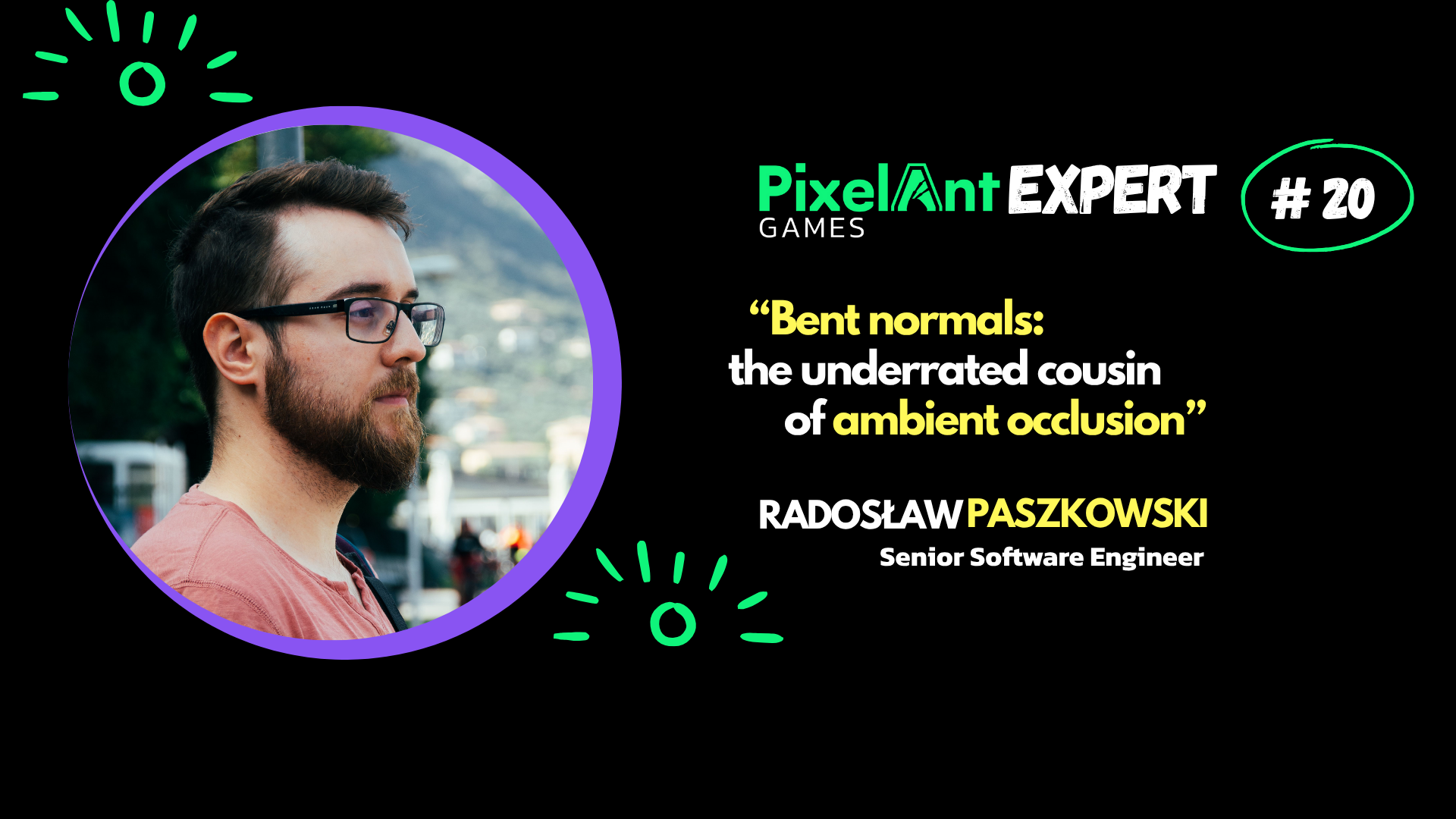
Four pillars of game development: a production roadmap to success

90% of games fail to meet financial expectations, yet we keep making the same production mistakes. At the same time, Nintendo creates most of its first-party games on time and under budget. What is their secret?
In today’s hyper-competitive gaming landscape, with thousands of titles launching annually, understanding the fundamental stages of game development isn’t just academic, it’s essential for survival. Whether creating mobile adventures, indie darlings, or AAA epics, these core phases remain consistent across projects, though their execution varies dramatically.
From my experience in game development, I’ve identified four critical stages that make or break a project:
1. Ideation
This foundational phase involves brainstorming core concepts and documenting the game’s vision. The Game Director leads the creation of the Game Design Document (GDD), outlining mechanics, audience, and technical parameters.
Key challenges include “over-design” when creators don’t consult implementation teams, an undefined target audience, and insufficient technical documentation leading to unrealistic scope.
2. Pre-Production
This crucial yet often rushed phase involves prototyping core mechanics. Developers build “Vertical Slice” and “grey box” levels to test functionality before full production.
This stage should verify mechanics, create a “first playable” proof of concept, develop a “beauty corner” for visual direction, and provide accurate time estimates.
Nintendo demonstrated with Super Mario Bros. Wonder that spending nearly half the development cycle in pre-production led to on-time delivery of a critically acclaimed game.
3. Production
The most expensive phase, where the team creates final content. This should follow a non-iterative process through alpha (developing a “horizontal slice” with ~30% of the content at final quality) and beta (complete playable game with certification beginning).
The first 30% should receive the most polish, as most players never progress beyond this point.
4. Finalization & Post-Production
From “Gold” status through the day-one patch, including “Content/Code Freeze,” bug triage, and post-release maintenance.
What to do, then? Key advice:
- Invest significantly in pre-production
- Create detailed technical documentation
- Develop a “horizontal slice” early
- Focus on the first 30%
- Adapt processes per phase
- Align marketing with development reality
- Maintain cross-disciplinary reviews
………………………………………………………..
Additional resources – you might be interested in reading those for more:
- Heather Chandler – “The Game Production Toolbox”
- Clinton Keith – “Agile Game Development: Build, Play, Repeat”
- Richard Lemarchand – “A Playful Production Process: For Game Designers (and Everyone)”
